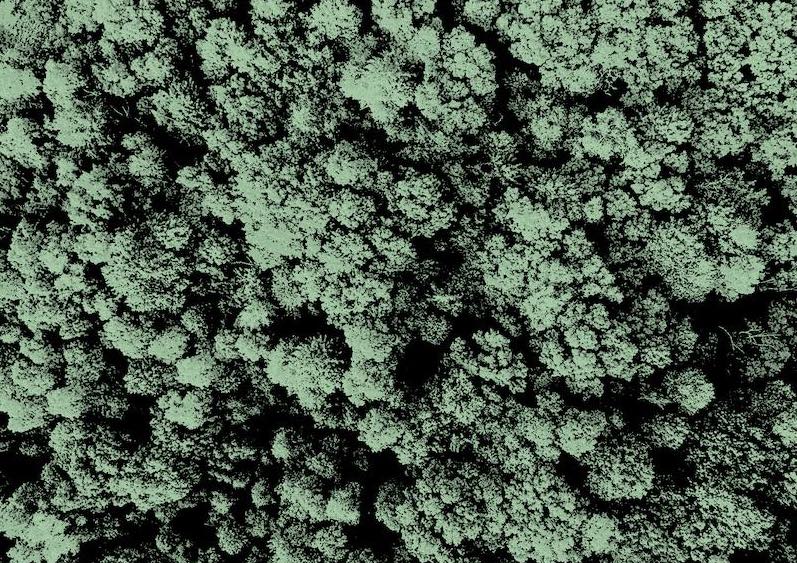What is it about?
This study explores the chemical composition and physical characteristics of essential oils extracted from orange peels of three citrus varieties: RGL Mandarin, Gamindo B, and Montaji Agrihorti lemon. Orange peels are often discarded as waste in the citrus industry, but they contain valuable essential oils with aromatic and bioactive properties used in food, pharmaceutical, and agricultural applications. The research analyzes the yield, specific gravity, optical rotation, and volatile compounds in these essential oils using gas chromatography-mass spectrometry (GC-MS). Results show that RGL Mandarin has the highest yield (3.866%), followed by Montaji Agrihorti lemon (3.615%) and Gamindo B (1.174%). The primary volatile compound detected in all three varieties is limonene, which contributes to their characteristic citrus aroma. Additionally, sensory evaluation by panelists indicates that Montaji Agrihorti lemon essential oil is most preferred for its color, while Gamindo B is most preferred for its odor. This study highlights the potential of orange peel essential oils for commercial use, providing an eco-friendly approach to reducing citrus waste while maximizing its economic value.
Featured Image

Photo by FlyD on Unsplash
Why is it important?
This research is important because it highlights the untapped potential of orange peel waste, which is typically discarded in the citrus industry, as a valuable source of essential oils. Essential oils extracted from orange peels have wide applications in food, pharmaceuticals, cosmetics, and agriculture, making them a sustainable and profitable by-product. By analyzing the chemical composition and physical characteristics of essential oils from different citrus varieties (RGL Mandarin, Gamindo B, and Montaji Agrihorti lemon), this study provides valuable insights into their quality, composition, and potential applications. The findings are particularly significant because limonene, the dominant volatile compound in all three essential oils, is known for its strong antimicrobial, antioxidant, and aromatic properties. This suggests that these essential oils can be used in natural food preservatives, eco-friendly cleaning agents, fragrance industries, and even plant-based pesticides. Furthermore, the sensory preference evaluation indicates that certain varieties, such as Montaji Agrihorti lemon for color and Gamindo B for aroma, may be more desirable for specific commercial applications. By promoting the utilization of citrus peel waste, this study contributes to circular economy practices, reducing environmental waste while creating high-value products. It also provides critical information for industries looking to incorporate natural and sustainable ingredients into their formulations, reinforcing the economic and environmental importance of essential oil extraction from citrus by-products.
Perspectives
This research provides a valuable contribution to sustainable resource utilization by demonstrating how citrus peel waste can be transformed into high-value essential oils. In an era where food waste reduction and sustainability are critical, this study highlights an eco-friendly and economically viable solution to repurpose citrus by-products, which are often discarded in large quantities. The findings emphasize that orange peel essential oils are not only a waste management solution but also a resource with significant commercial potential in food, cosmetics, pharmaceuticals, and agriculture. One of the most noteworthy aspects of this research is its comparative analysis of essential oils from three citrus varieties (RGL Mandarin, Gamindo B, and Montaji Agrihorti lemon). The study’s use of GC-MS analysis to identify key volatile compounds, particularly limonene, reinforces the importance of chemical characterization in determining essential oil quality and potential applications. Additionally, the sensory evaluation provides practical insights for industries looking to incorporate these essential oils into flavoring agents, fragrances, and natural preservatives. However, to fully realize the commercial benefits of citrus peel essential oils, further research should focus on optimizing extraction methods, improving yield efficiency, and exploring industrial-scale applications. Additionally, studies on stability, toxicity, and consumer acceptance could enhance their market feasibility. There is also potential for expanding this research to other citrus varieties and exploring novel uses, such as biodegradable packaging coatings, plant-based antimicrobials, and green solvents. Overall, this study lays a strong foundation for sustainable citrus waste valorization, aligning with circular economy principles while supporting natural product development. It has significant implications for agricultural waste management, environmental sustainability, and industrial innovation, making it a crucial step toward maximizing the economic and ecological benefits of citrus by-products.
Zainuri Hanif
National Research and Innovation Agency (BRIN)
Read the Original
This page is a summary of: Chemical Composition and Physical Characteristics of Orange Peel Essential Oil, E3S Web of Conferences, January 2023, EDP Sciences,
DOI: 10.1051/e3sconf/202342501004.
You can read the full text:
Contributors
The following have contributed to this page







